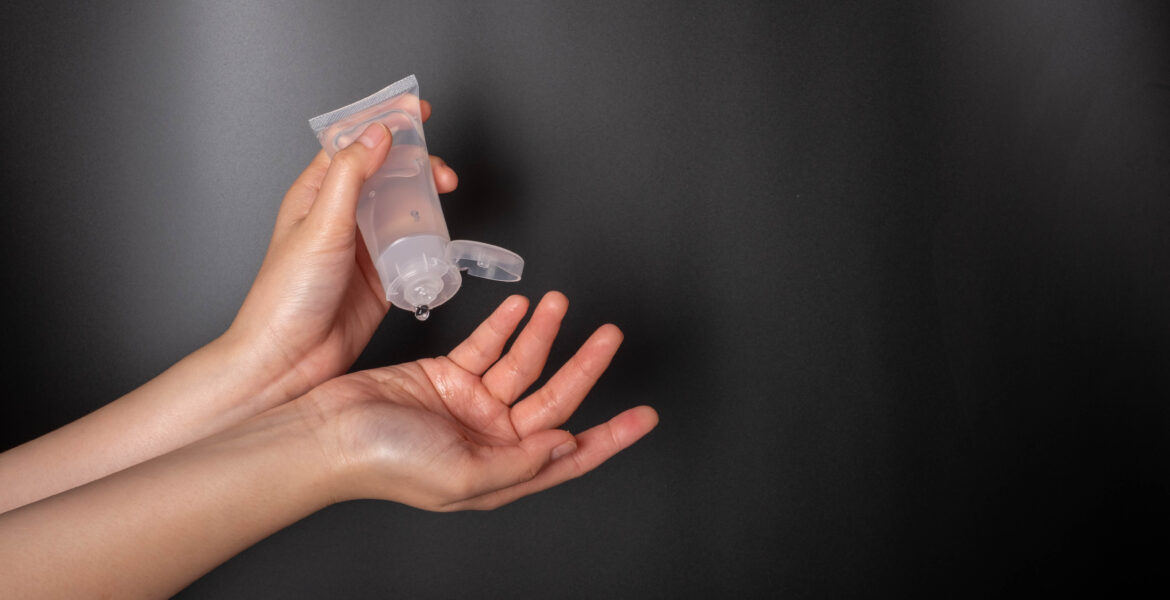Most of the time, when you look at the ingredients listed on skincare products, water or aqua is one of the first ingredients listed, if not the first. Water has been a key ingredient in skincare products for a long time. It makes it easier to include water-soluble ingredients; water helps with the application of the products and is fairly inexpensive. But today, in many countries across the globe, there is a scarcity of water, and as the consumer becomes eco-conscious, many companies are looking to formulate high-quality, sustainable products. With an aim to reduce their participation in water stress, many companies are moving toward waterless skincare.
What Is Waterless Beauty?
Skincare products that contain water require formulas to include a variety of preservatives and fillers to keep the product stable, which can be harmful to the planet and consumers alike. Because water adds weight, products are heavier and require packaging that adds to the company’s environmental footprint. Waterless formulas were designed in an effort to be more sustainable and reduce the amount of harsh chemicals applied to our skin. The trend started in Korea, where they championed using various kinds of butter, oils or waxes, and oil-soluble actives in place of water.
Water-free beauty products pack more punch than their water-based counterparts because they contain higher concentrations of active ingredients without the dilution of water. Skincare companies currently use two types of formulations for waterless products: wet and dry. Wet formulations consist of liquid, oils, balm, and creamy butter, while dry ones are powder and solid (sticks/bars). The dry formulas require that they be activated by water, typically soaps, cleansers, and other bath and shower products. The wet formulas don’t need water activation and can be applied directly to the skin and hair; these are usually antioxidant serums, cleansing oils, and sunscreens.
Are Waterless Products Really Sustainable?
While products can never be 100% free of making a water footprint because ingredients in skincare products have to be cultivated, and to grow, they have water is needed. Water is also necessary for sanitation purposes during the process of making these skincare formulas. These waterless products are still a step in the right direction.
The move toward sustainability involves using eco-friendly ingredients, water-saving formulas, and responsible packaging. Companies can also treat wastewater and educate consumers on responsible use. These waterless products are often more concentrated, lighter to transport, and last longer. To track progress, companies can set water-use goals and get certified. Collaboration is key to improving global water management. Overall, this explains how the cosmetic industry can use less water throughout a product’s life cycle, from design to disposal.
Our Favorite Waterless Products
There are already many brands and wonderful products that are waterless and effective. Below, we have listed some of our favorites:
BASE | Arnica Elderberry Jelly ($28, shop here)
4x POWERLIXIR hydrating serum ($65, shop here)
WAKE UP BEAUTIFUL Waterless Cleansing Balm ($18, shop here)
Facial Oil ($24, shop here)
Hemp Clay Face Mask ($16, shop here)






